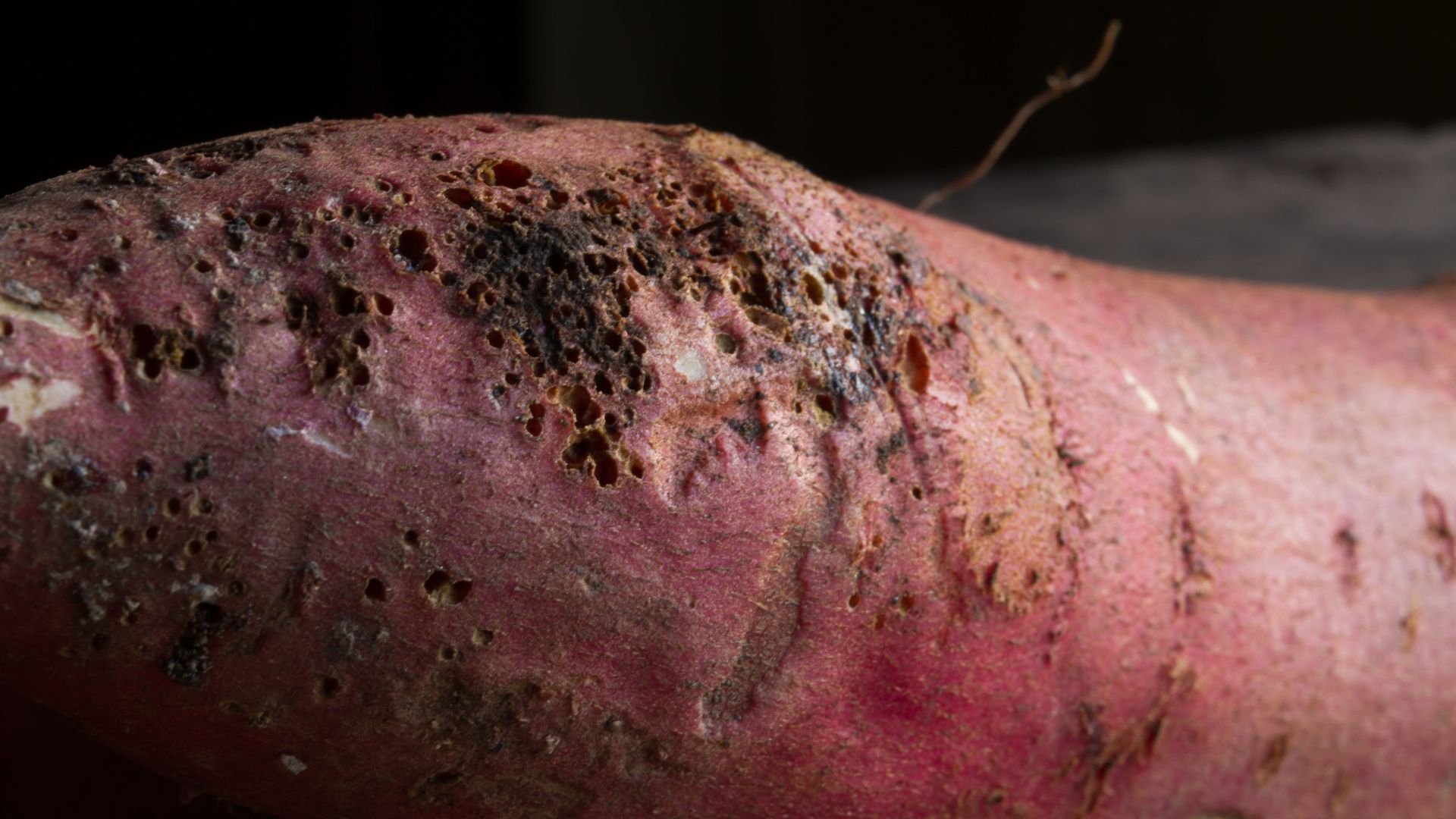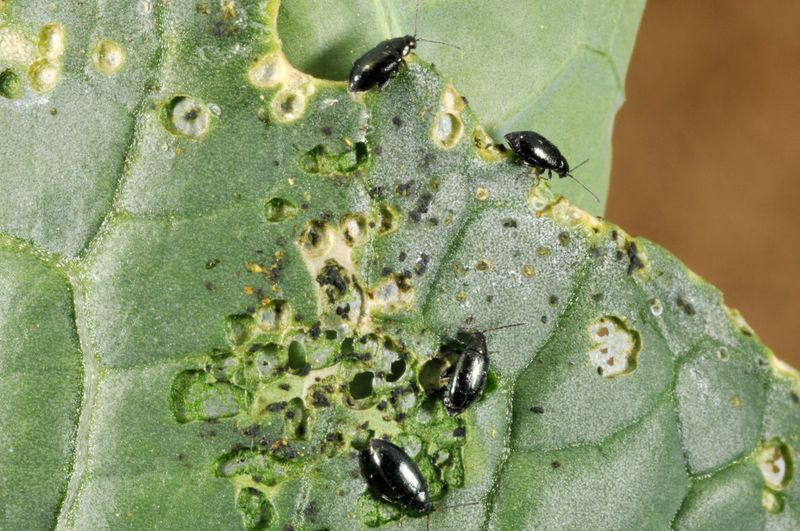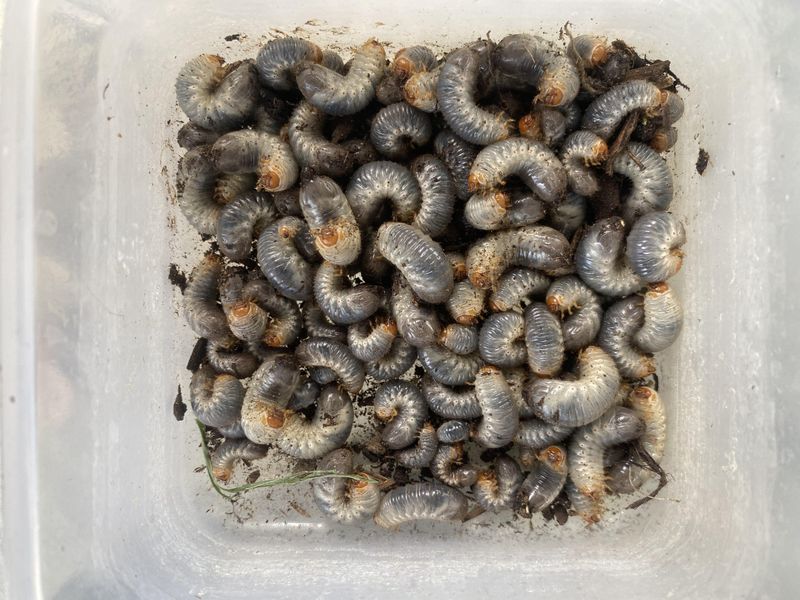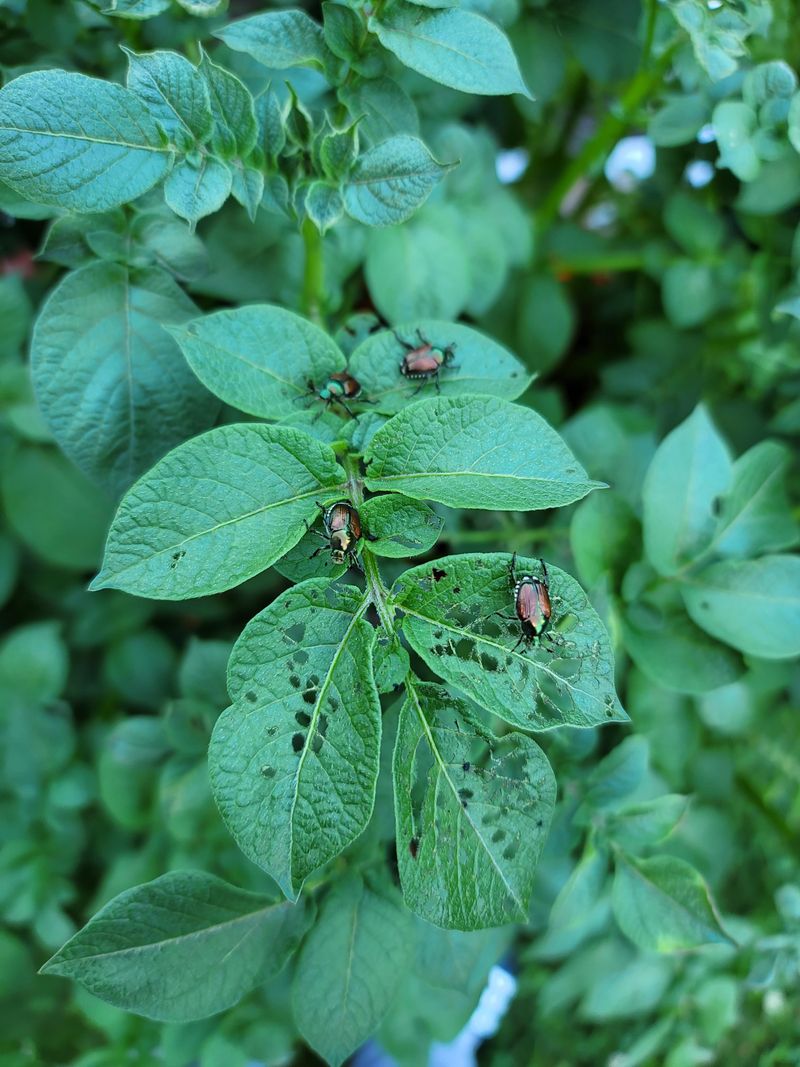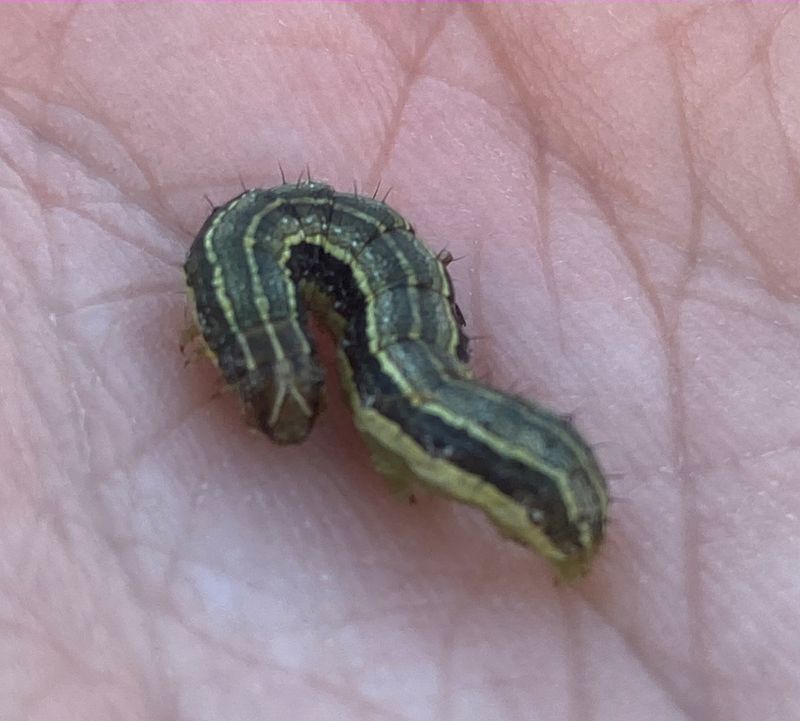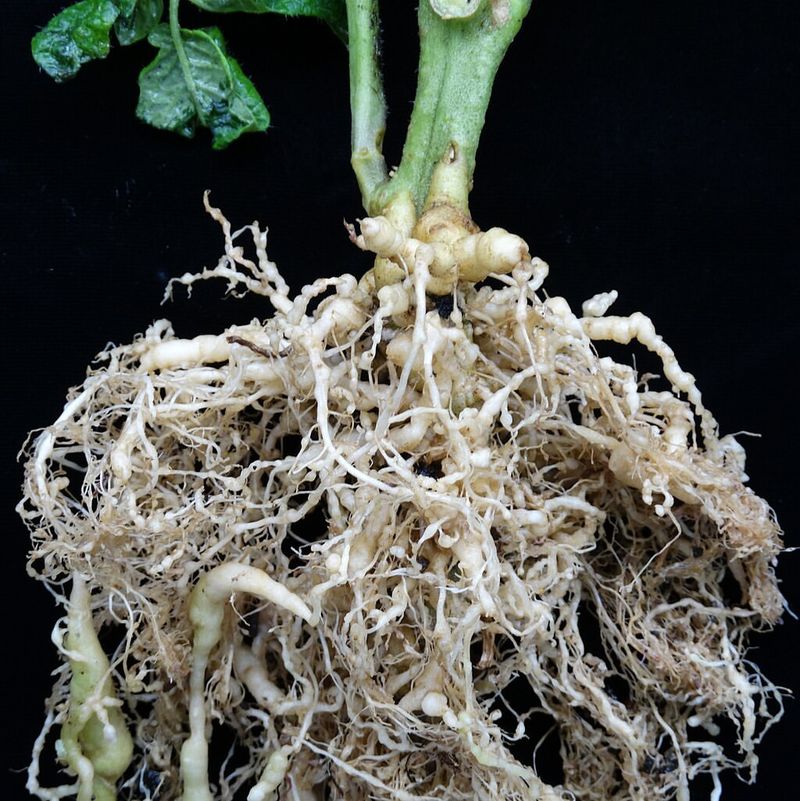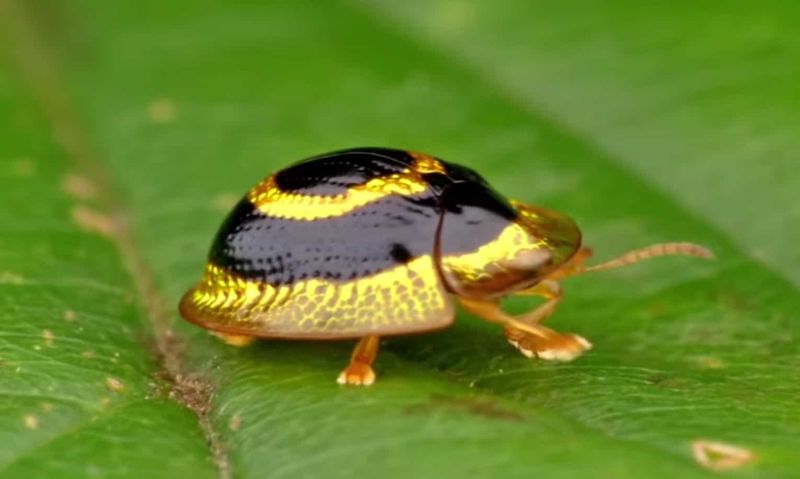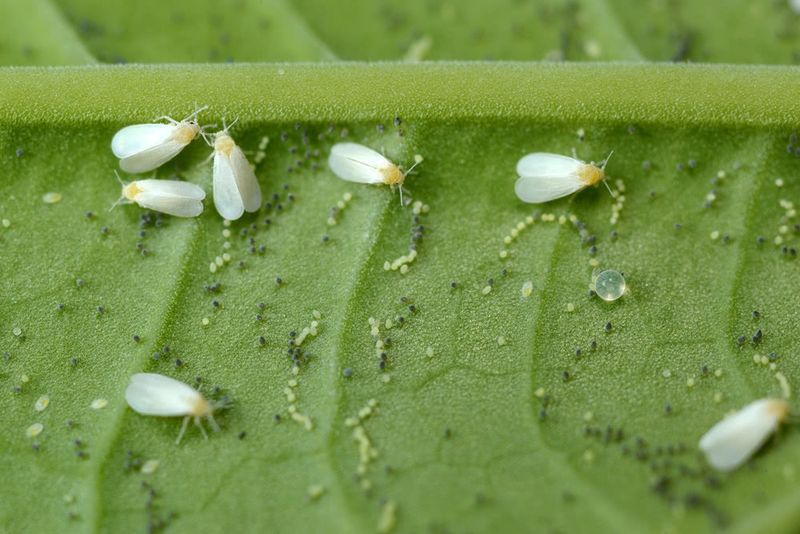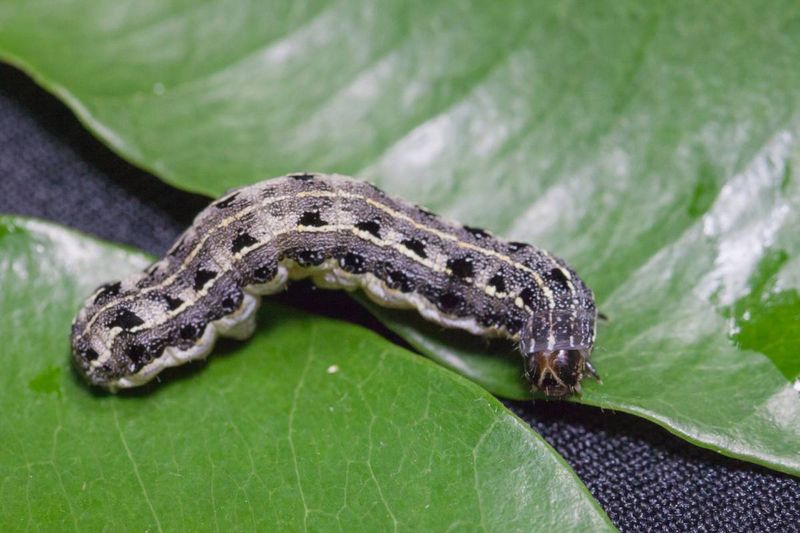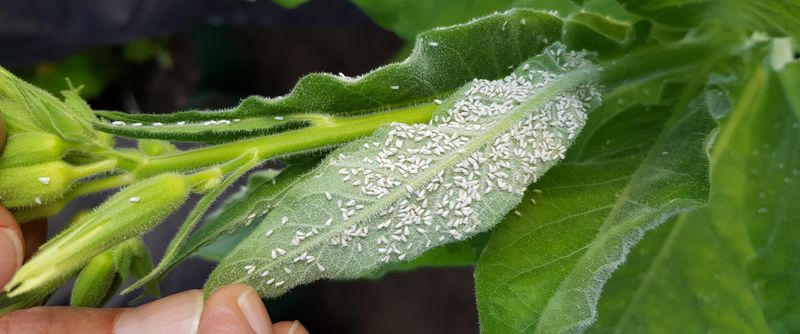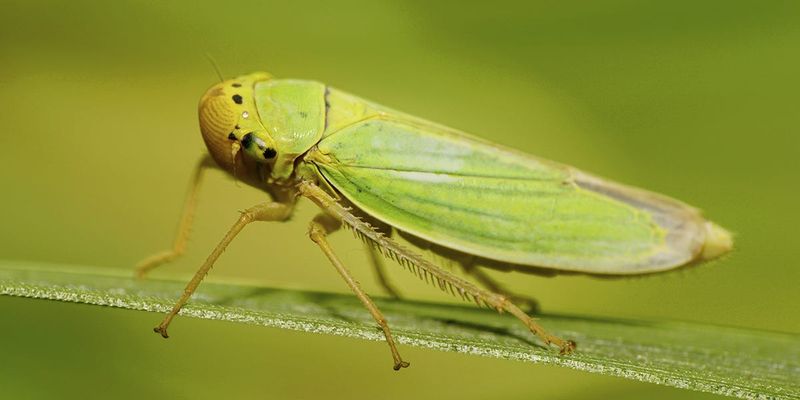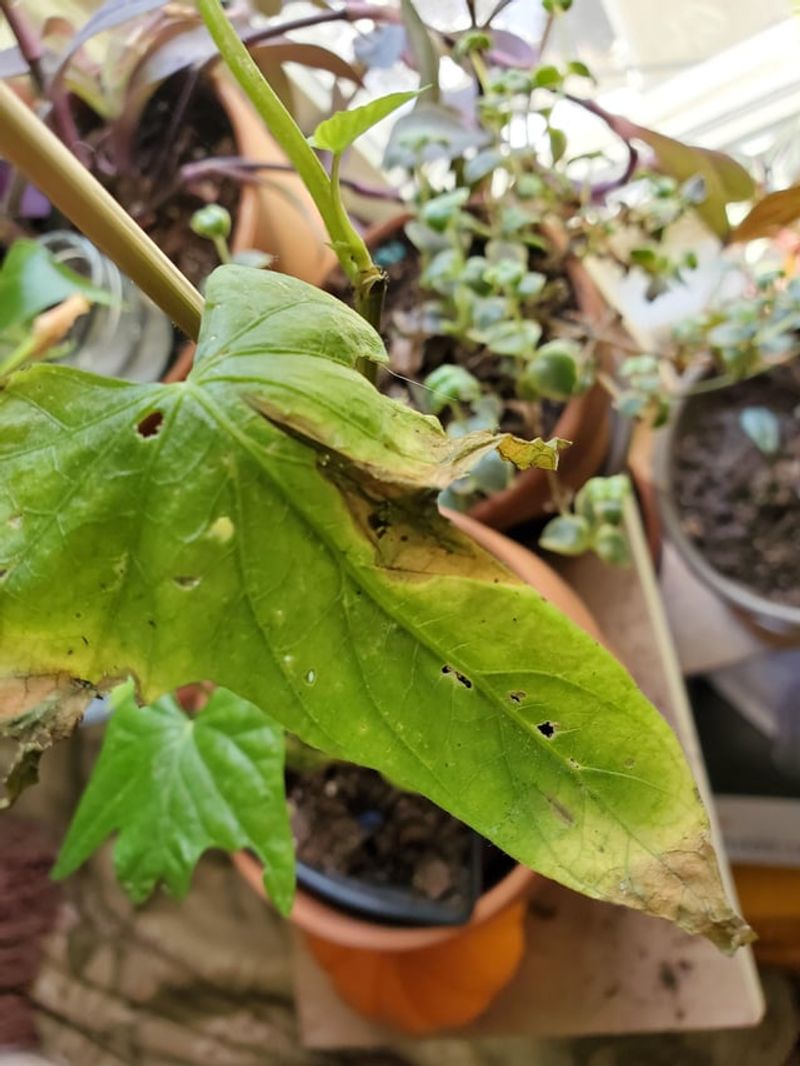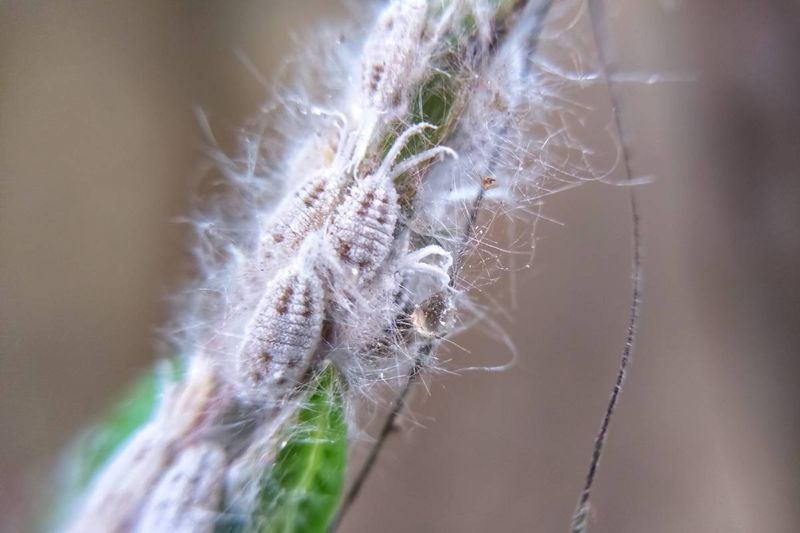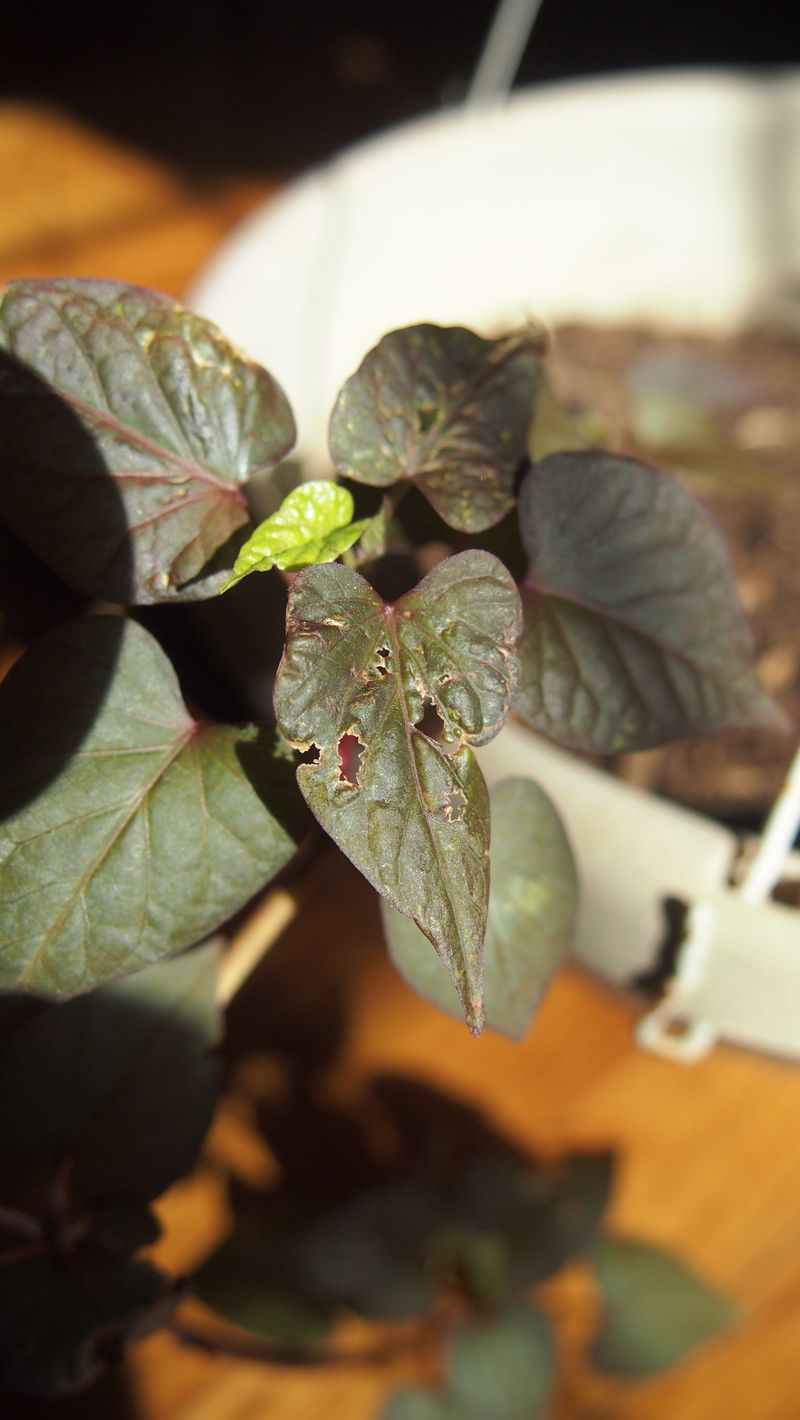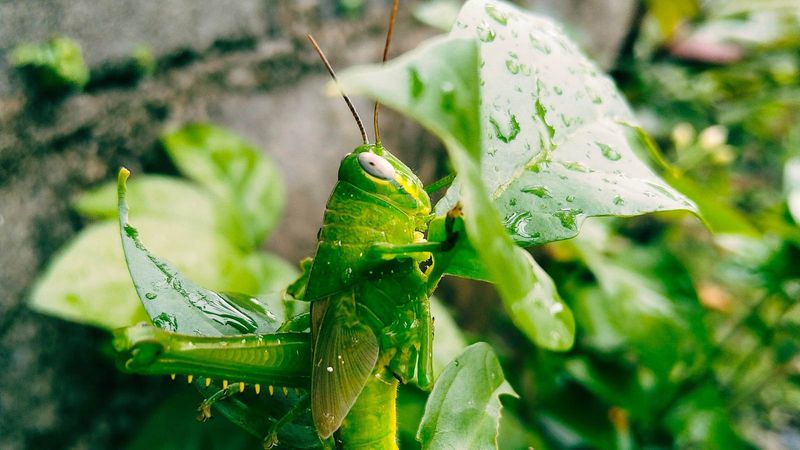Growing sweet potatoes in Texas can feel like an uphill battle against an army of hungry insects. Our hot, humid climate creates the perfect breeding ground for pests that view your carefully tended crops as an all-you-can-eat buffet.
I learned the hard way last summer when what looked like perfectly healthy vines revealed a disaster underground – nearly half my crop riddled with insect damage. The Texas heat seems to make these critters multiply faster than anywhere else I’ve gardened.
Whether you’re a backyard gardener or managing acres of sweet potatoes, identifying these destructive bugs early can save your harvest. Here’s my guide to the worst offenders currently active in our Texas soil and practical solutions to keep them at bay.
1. Sweet Potato Weevils: The Underground Destroyers
These metallic blue beetles with reddish-orange heads are the most devastating sweet potato pest in Texas. Adults lay eggs in stems and roots, while larvae tunnel through tubers creating bitter-tasting potatoes with dark tunnels.
For control, rotate crops annually and plant certified weevil-free slips. I’ve had good results using pheromone traps to monitor populations before they explode. Remove all plant debris after harvest since weevils overwinter in leftover roots and vines.
2. Wireworms: The Silent Tunnelers
Hard-bodied, slender yellow-brown larvae that create narrow tunnels through your sweet potatoes. The damage often goes unnoticed until harvest reveals the unsightly holes.
Before planting, bait wireworms by burying halved potatoes 4 inches deep in soil. Check after a week and destroy collected wireworms. My neighbor swears by applying beneficial nematodes to the soil two weeks before planting, which has significantly reduced his wireworm problems.
3. Flea Beetles: Tiny Hoppers, Big Problems
Small, shiny black beetles that jump like fleas when disturbed. They chew numerous small holes in leaves, reducing photosynthesis and weakening plants. The Texas heat makes them particularly active from April through October.
Row covers work wonders during early growth stages. I spray my plants with neem oil weekly during peak beetle season. Maintaining consistent soil moisture helps plants withstand attacks, as stressed plants suffer more damage.
4. White Grubs: Root Munchers
C-shaped cream-colored larvae of June beetles that feast on sweet potato roots and tubers. They leave large, irregular cavities that invite secondary rot infections.
Till soil several weeks before planting to expose grubs to predators and weather. I’ve reduced grub populations by applying milky spore disease to my garden beds. Avoid planting sweet potatoes in areas where grass was recently removed, as grubs love to hang out in lawn areas.
5. Cucumber Beetles: The Spotted Invaders
Yellow-green beetles with black spots or stripes that feed on sweet potato foliage. They’re especially troublesome in East Texas where our humidity gives them perfect breeding conditions.
Floating row covers have saved my early plantings multiple times. I keep yellow sticky traps around the garden perimeter to monitor when populations increase. Beneficial insects like ladybugs and lacewings help keep cucumber beetles in check naturally.
6. Armyworms: The Foliage Devourers
Striped caterpillars that march across gardens in alarming numbers, especially after summer rains. They can strip sweet potato vines bare overnight if left unchecked.
Monitor plants regularly during humid periods. Handpicking works for small gardens, but for larger plantings, Bacillus thuringiensis (Bt) spray is my go-to solution. After last year’s armyworm invasion, I started releasing trichogramma wasps as a preventative measure with good results.
7. Nematodes: Invisible Root Attackers
Microscopic roundworms that cause knots and swellings on roots, stunting plant growth. Infected sweet potatoes develop cracks and rough, bumpy surfaces.
Solarize soil by covering with clear plastic for 4-6 weeks during summer heat. I’ve successfully reduced nematode problems by planting French marigolds as a cover crop before sweet potatoes. Choose resistant varieties like ‘Beauregard’ or ‘Covington’ if nematodes have been a recurring issue.
8. Tortoise Beetles: The Gold-Plated Nibblers
Beautiful but destructive, these iridescent gold or green beetles create window-pane patterns on leaves. Their flattened bodies resemble tiny turtles when viewed from above.
Hand-picking works well in small gardens. Last season, I sprayed insecticidal soap weekly and saw significant reduction in damage. Maintaining healthy plants with proper fertilization helps sweet potatoes outgrow minor tortoise beetle damage.
9. Sweetpotato Whiteflies: The Sticky Menace
Tiny white insects that cluster under leaves and suck plant juices, weakening vines. They excrete honeydew that leads to sooty mold, further reducing photosynthesis.
Yellow sticky traps help monitor populations. I’ve found that spraying plants with a strong stream of water every few days dislodges many whiteflies. For severe infestations, insecticidal soap or neem oil applied to leaf undersides works well when temperatures are below 90°F.
10. Cutworms: The Stem Slicers
Fat, gray-brown caterpillars that hide in soil during day and emerge at night to cut young plants at soil level. One cutworm can destroy multiple transplants in a single night.
After losing half my newly planted slips last year, I started using cardboard collars around stems. Push these an inch into the soil and extend two inches above ground. Sprinkling diatomaceous earth around plants creates a barrier cutworms won’t cross.
11. Aphids: The Sap Suckers
Clusters of tiny pear-shaped insects in green, yellow, or black that multiply rapidly in our Texas heat. They stunt growth by sucking plant sap and can transmit viruses between plants.
I release ladybugs in my garden early in the season before aphid populations explode. A strong spray of water dislodges established colonies. For persistent problems, insecticidal soap applied weekly has kept my sweet potatoes aphid-free.
12. Leafhoppers: The Disease Vectors
Small wedge-shaped insects that move sideways when disturbed. They cause yellowing leaf edges and can transmit diseases that wrinkle and stunt leaves.
Row covers during early growth stages prevent initial infestations. I’ve noticed fewer leafhoppers since planting basil and marigolds as companion plants. For active infestations, insecticidal soap applied every 7-10 days helps reduce populations without harming beneficial insects.
13. Thrips: The Tiny Scratchers
Microscopic insects that scrape plant surfaces and suck the released fluids. Damaged leaves develop silvery patches that turn brown, especially during dry Texas summers.
Blue sticky traps help monitor thrips populations. I water plants regularly to reduce stress, as thrips target drought-stressed plants first. Reflective mulch confuses thrips and reduces landings on plants. For severe infestations, spinosad-based sprays offer effective control.
14. Mealybugs: The Cotton-Covered Thieves
White, cottony insects that cluster along stems and leaf undersides. They’re particularly problematic in South Texas where winters rarely get cold enough to kill them off.
I remove light infestations with an alcohol-dipped cotton swab. For larger problems, a forceful spray of water dislodges many mealybugs. Ladybugs and lacewings devour mealybugs, so I avoid broad-spectrum insecticides that might harm these beneficial predators.
15. Spider Mites: The Drought-Loving Dustings
Tiny spider relatives that thrive in hot, dry conditions – making them perfect for Texas summers. They cause stippled yellow leaves that eventually turn brown and fall off.
Regular strong sprays of water to leaf undersides disrupt colonies. I maintain consistent soil moisture and use mulch to increase humidity around plants. When populations explode during July heat waves, I apply insecticidal soap or neem oil to leaf undersides every 5-7 days.
16. Grasshoppers: The Voracious Visitors
Large jumping insects that chew ragged holes in sweet potato leaves. During dry years in Texas, they migrate from dried pastures into irrigated gardens in alarming numbers.
Row covers create physical barriers during migration periods. I’ve had success with garlic-pepper spray as a repellent. Nosema locustae bait attracts and infects grasshoppers with a disease specific to them, reducing populations over time without harming beneficial insects.

